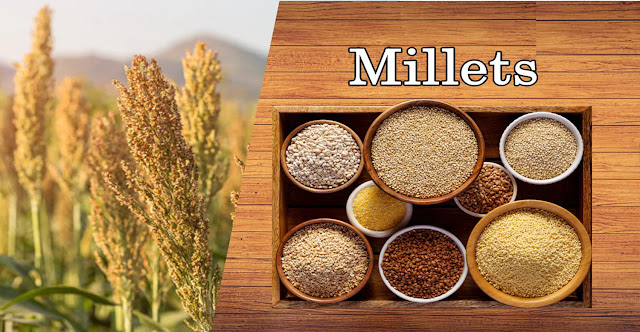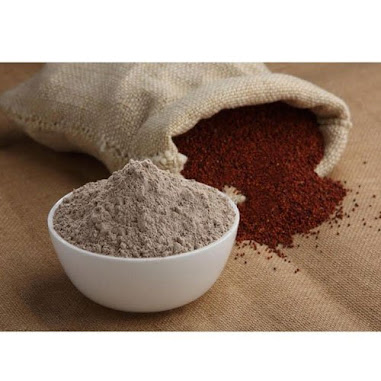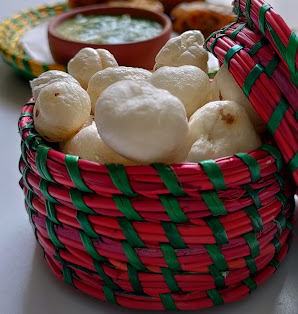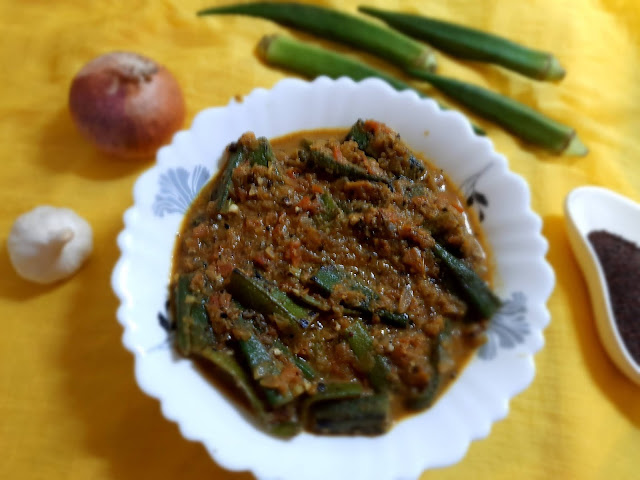What is Millet, Types of millets and their health benefits

What is Millet? Millets, the small-seeded grass has been cultivated for more than 10,000 years. Four decades ago, millets were India's staple food. Now, they're being replaced by rice and wheat to the extent that people have forgotten how to incorporate them into their daily diet. Today, given the health benefits of millet, they are making a comeback from the forgotten pages of history. Not just good for health, millets play a vital role in the sustainability of the planet. Thanks to its short growing season, its capacity to withstand extreme temperatures, and drought resistance, millet is a solution to India’s major issues like water scarcity, extreme weather and soaring population. And probably that’s why millet is also known as a superfood. Why 2023 is declared the International year of millets? As propos...




